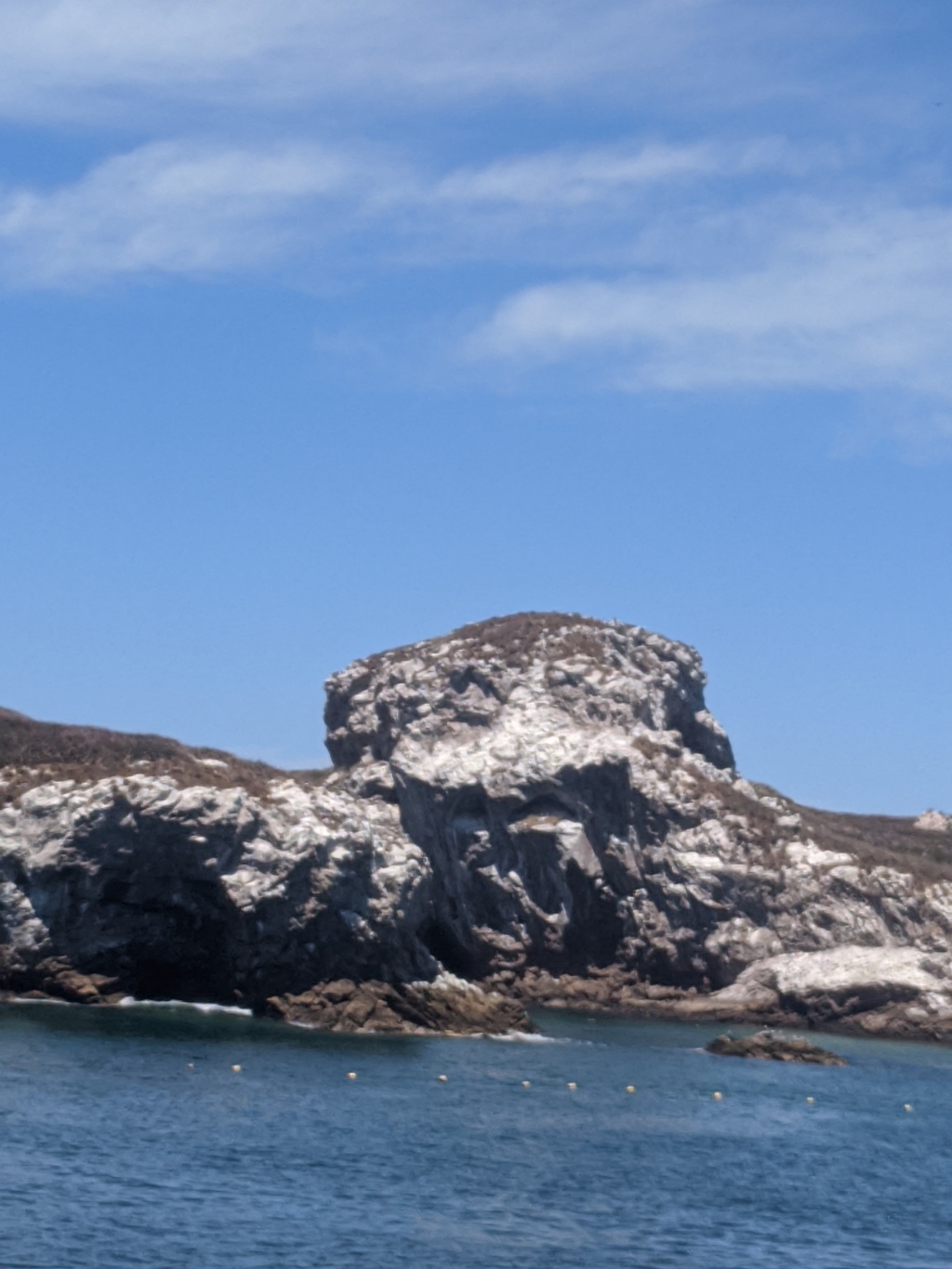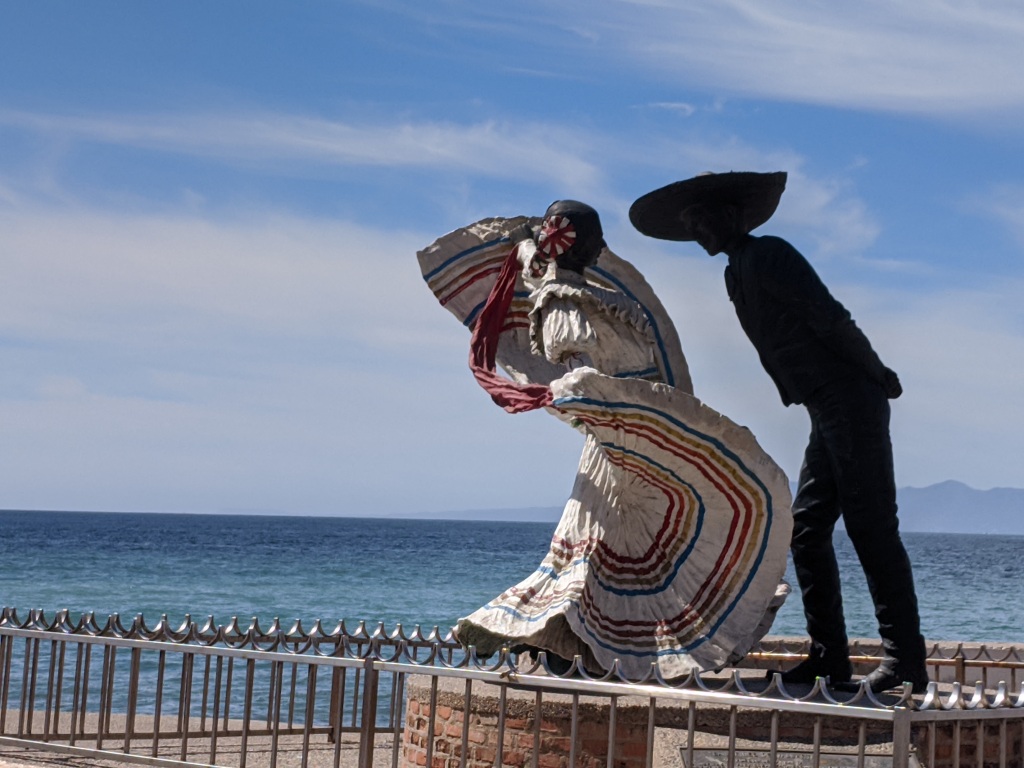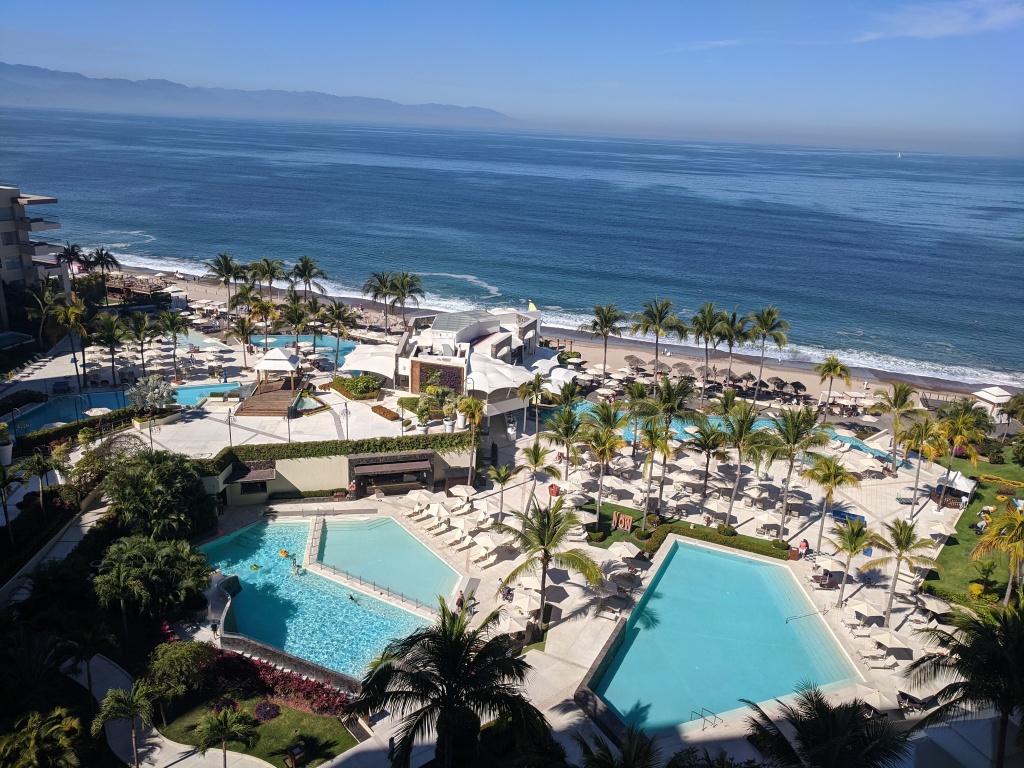






Day 48 ended in Dublin, with a trip to “The Church.” We broke bread together in beautiful, joyful surroundings, but that is where the similarity to church ended. The Church is now a bar and grill. It’s a good thing there are lots of other churches in Dublin, Ireland. Our hotel was only a block from the very center of Dublin. How do I know? For some reason, Dubliners chose to put a huge metal spire at the centerpoint of the city, and it was right down the street from our hotel. After dinner, we walked around a little, but honestly, we discovered Dublin to be an old, worn out city. Or maybe that was us. Either way, we tucked ourselves in bed and got ready for a double dose of Dublin on Day 50 of our 54 day trip.












A double dose is exactly what we got. We began our walk along the River Liffey, and we soon found ourselves at the door to a real church: Christ Church Cathedral, Dublin’s oldest cathedral. It was built by Strongbow, leader of the Anglo-Normans who conquered Dublin in 1170. He was given governance of the area, so he immediately began planning a great cathedral. It was finished in 1230. The medieval church itself was beautiful, with its intricate tile floors and stained glass windows, but what fascinated us even more was its crypt. Because it was the entire area under the floor of the church, even when the church found itself in the middle of wars and renovations, all of the graves survived intact because they were out of the way. Strongbow is buried in the church, as well as the heart of St. Lawrence, to whom Strongbow dedicated the church. The cathedral claims to have many other relics, including a thorn of the crown put on Jesus’s head, bones of St. Peter and Andrew, and even milk from Mary, the mother of Jesus!
In the 1600s, there was a famous War of Three Kings (James II of England, Louis XIV of France, and William of Orange). On July 12, 1690, William, the ruler of Holland at the time, won the war decisively. Since he was a Protestant, it was assumed all of Ireland would be forced to be Protestant too. Evidently, that wasn’t true, because William presented Christ Church with a magnificent gilt communion set as a gift of fellowship. Even so, Protestants in Ireland celebrate every July 12 by marching through towns in victory. Catholic townspeople don’t like that, so these celebrations sometimes end in violent riots. This is what happened in Derry this year, just the day before we arrived in Ireland!
The other treasure we found in the crypt of Christ Church is the Magna Carta! There are only four original copies of this important document left in the world, and we have now seen two of them (the other was at Salisbury Cathedral in Great Britain). As you may know, our U.S. Constitution is based largely on the Magna Carta. The most important article in this codex was the proclamation that all men, even the king, are equal under the law. Interestingly enough, this did not apply to native Irish people; it only applied to British people living in Ireland. I couldn’t help but compare this to our own Constitution, which did not apply to native Americans; it only applied to male white landowners. Is this why, instead of the Magna Carta being proudly and prominently displayed like it was in England, it was relegated to the crypt of a church in Ireland? Our Constitution, using many of the ideas from the Magna Carta, was drafted by the founding fathers of the United States of America in 1787 by their own free will. The Magna Carta, on the other hand, had been signed by King John, who had been given control over Ireland on his ninth birthday. He was the fourth son, so no one ever expected him to rule England too. When he grew up, he did rule England, and he was an oppressive ruler. If you’ve ever read stories about Robin Hood, this is the same King John. He finally signed the Magna Carta, but not by his own free will; he was forced to sign it on threat of death by his noblemen, eager to end his oppression. Soon after he signed it, however, he renounced it. He died a year later, and the Magna Carta was reissued by a regent on behalf of the next king, who was only nine years old.











We were told we should see an Irish whiskey distillery, so we started walking down the street towards one. It wasn’t the famous Jameson name, however. It has grown too big for Dublin. We went to see the only active distillery in Dublin: The Pearse Lyons Distillery of St. James. Interestingly enough, it was also housed in a church: St. James Church of Dublin. Even more interesting, Pearse Lyons actually lived in Kentucky until his death this spring. He emigrated from Ireland in the 1980s. He has a distillery in Kentucky, too, but when he found out that the church in which several of his relatives were buried had been repurposed and was for sale, he decided to preserve it and house a new distillery there. And boy, did he preserve it! His wife works in glass, so they replaced the broken steeple with clear glass, and then made every stained glass to tell the story of whiskey, from growing the barley to fermenting it as beer to distilling that beer into whiskey. They also learned about the pilgrimage people have taken from all over Europe to St. James’s burial place in Santiago de Compostela, Spain. One of the stained glass windows tells that story as well, since St. James Church of Dublin has been the taking off point for Irish people who wanted to do that pilgrimage. It was an interesting tour, and it got even better when it ended with a tasting!



















Since it was kind of a church-themed day, we also visited St. Patrick’s Cathedral, dedicated to the patron saint of Ireland, who evangelized much of the nation in the fifth century. He had actually been kidnapped from his home by Irish pirates and brought to Ireland as a slave. He escaped six years later to return home, but the Lord called him back to Ireland as a missionary. He is said to be the founder of the Christian religion in Ireland. One of St. Patrick’s Cathedral’s famous deans, or preachers, was actually Jonathan Swift, author of Gulliver’s Travels! Interesting how a man of Truth can write such a fantastical tale. We saw the pulpit he preached from, as well as his tomb and the epitaph he wrote for himself. We also saw the old door of the cathedral, built in place of the original church in 1220. It’s important because there were two families in Dublin who were in a violent feud. The feud was carried into the church, where the two families were separated into two different rooms. After thinking it over, one of the patriarchs punched his hand through the door that was separating the two families and proposed a truce. The hand was shaken on the other side, and differences were resolved. The door is now called the door of reconciliation, and the hole was made into permanent opening, through which people may come and shake hands to end a conflict. Near the Door of Reconciliation is a little tree someone has made with paper leaves containing prayers or remembrance for people who have been affected by conflict. We were encouraged to add leaves, and we did: One for Bill’s Uncle Williard who was a prisoner of war on a Japanese island during World War II, and one for our nephew Donavon, who went on three tours to Afghanistan and Iraq during that conflict. Both were greatly affected by their experiences, and we prayed in thanks for their service and for the healing of their hearts. Later, we thought of several others who could have been added. The Lord knows who these are, and our prayers can be sent Heavenward without being written on paper leaves.













Speaking of conflict, Dublin also had a fortified castle many years ago. It was built in 1204 by the infamous King John to protect the newly acquired colony he had been given by his father. The funny thing is you would never know there was a castle there, except for one remaining tower and remnants of the castle wall. There are Georgian buildings built around a courtyard, using the remaining tower as a cornerstone. These buildings may not be castle-like, but they are very ornate and still house the seat of Irish government. The room that is used most often is St. Patrick’s Hall, where their presidential inaugurations and other dignitary events are held. There is also a beautiful chapel that had an entrance into the king’s apartment and can now be rented for special occasions. On top of one of the arches in the complex stands Lady Justice, with her scales. Remember, this statue was erected by British royalty when Ireland fell under English rule. Today, the Irish people notice two things about this particular statue of Lady Justice. First, she’s not blindfolded like most similar statues; hence, justice is not blind. Second, she is facing the castle, not outside the courtyard, where the citizens of Ireland would be. On our guided tour of the castle, we got to go into the chapel, as well as underneath those Georgian buildings to see the castle foundation, with walls over sixteen feet thick! We also got to see a portrait of Queen Anne and Prince Albert, who visited the castle, and a portrait of Earl Gray, who is NOT just famous for having a tea named after him. He was actually one of the Viceroys (representatives of the king) of Ireland. He later became prime Minister of England, and during his time in office, England abolished slavery and reformed the electoral system. We also learned that that Brad Stoker, author of Dracula, had actually begun his career in these halls as a recorder.
By the end of the day, we had walked almost ten miles and were starving. We stopped at The Duke on Duke Street. We shared an order of fish and chips and an order of Beef and Guinness pie. Both were absolutely delicious and revived us enough to walk back to our hotel and slip into bed, satisfied with our double dose of Dublin.




Leave a comment